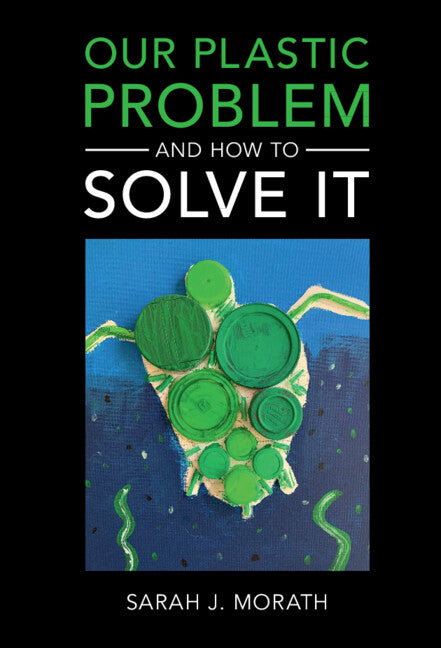Freshly Printed - allow 8 days lead
Couldn't load pickup availability
Our Plastic Problem and How to Solve It
Our Plastic Problem and How to Solve It considers plastic's harms and offers a spectrum of public and private solutions.
Sarah J. Morath (Author)
9781108841801, Cambridge University Press
Hardback, published 24 March 2022
220 pages
23.5 x 15.8 x 1.7 cm, 0.45 kg
'For a subject that includes complex statistics and scientific material, Morath makes the information easy to read and follow … The writing itself is not pretentious or overly scientific; however, Morath does not shy away from explaining essential, but complex, terminology. Clear, direct definitions are always provided, so readers with little knowledge about the various subjects covered in the book will not be lost or in over their heads.' Diane Martinez, Technical Communication
Plastic pollution is a global problem that defies a singular solution. Our Plastic Problem and How to Solve It considers plastic's harm to the environment, from its production to its disposal, and offers a spectrum of solutions that require action by local and federal governments, businesses and non-profits, and individuals. Using specific examples and case studies, the book describes the history and chemistry of plastic, illustrates its harms, and points toward specific legislation and policies to offer concrete solutions. Plastic pollution is ubiquitous and has impacts on soil, food, air, and water. To solve our plastic problem, collaboration across disciplines will be critical; innovations in science, law, and design will be essential. The book demonstrates the need to approach environmental problems from an interdisciplinary lens, and will benefit anyone interested in learning more about the harms and solutions associated with plastic pollution.
Part I. Plastic in the Environment: 1. The proliferation of plastic
2. Measuring plastic: 'You can't manage what you don't measure.'
3. Plastic as a pollutant: A revolutionary material becomes a global threat
Part II. Multimodal Approaches to Solving Our Plastic Problem: 4. Federal efforts
5. State and local efforts
6. International efforts
7. Business, NGO and individual efforts
Part III. Innovation and Design: 8. Plastic alternatives: bioplastics and material
9. Plastic's end: recycling, removal and revaluing
10. The circular economy.
Subject Areas: Social impact of environmental issues [RNT], Pollution & threats to the environment [RNP], Environment law [LNKJ], International economic & trade law [LBBM], Environmental economics [KCN]


